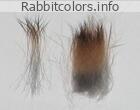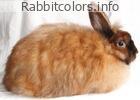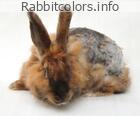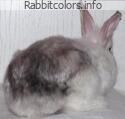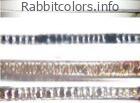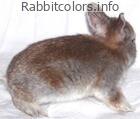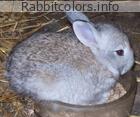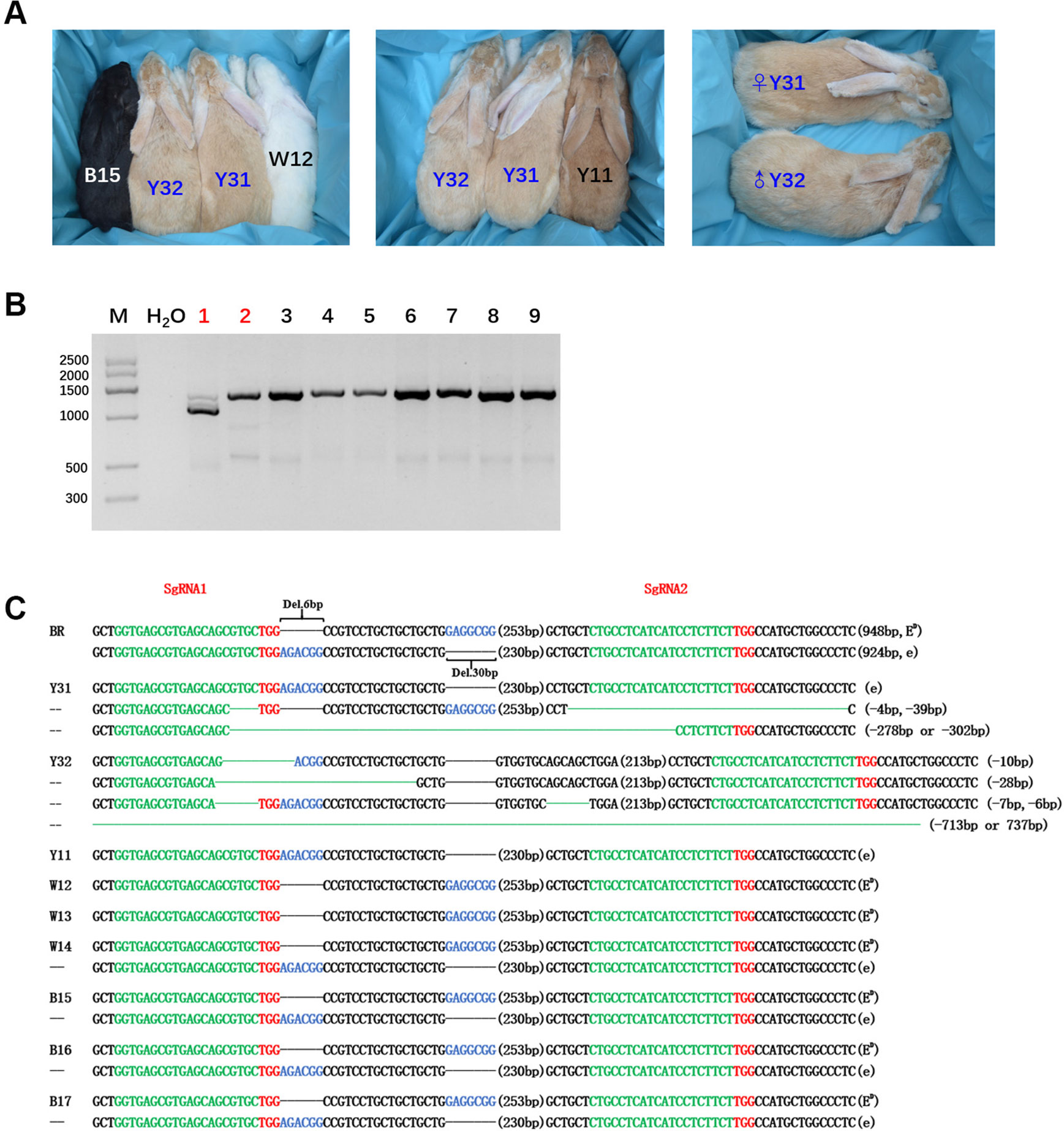reh
Well-known member
- Joined
- Nov 4, 2020
- Messages
- 69
- Reaction score
- 82
- To create the alternating colored bands on Agouti hairs, the pigment cells need to switch between the production of black and yellow pigments during the hair growth. This change is called pigment type switching. It is also responsible for the creation of areas with just light or just dark colored hairs.
- The process is similar to that of a key lock, for example the ignition lock in a car. The melanocortin receptor 1 (MC1R) being the lock, the ubiquitous melanocyte-stimulating hormon (MSH) and the spatial/temporarily available agouti signal protein (ASIP) being keys.
- MSH is always present, whilst ASIP only becomes available during the growth of the yellow portion of the hair.
- MSH causes the the switch to signal. This signal induces the pigment-creating cells to produce black pigment. The key ASIP fits into the switch, but doesn't switch it on - so doing nothing but preventing the use of the MSH-key.
- A cell with working switch therefore produces black pigment in the presence of MSH. If ASIP becomes available temporarily, it replaces the MSH and turns off the signal. Thus the cells produces yellow pigment.
- The Extension series holds the construction plan for the key switch (MC1R), the Agouti series the construction plan for ASIP.
MC1R-Mutations create switches which are either constantly active / overactive (steel) or defect (yellow). For ASIP a fault in the construction plan may interrupt the key production leading to nonfunctioning keys.
- A special case is the Japanese factor. It resembles the gene for steel/dominant black, yet it only acts in the dark areas of the coat. It is not active in the light parts, so there are no switches at all. Therefore the Japanese factor is actually recessive towards the nonextension gene in the light areas, whilst it is dominant towards the normal extension in the dark areas.

Last edited by a moderator:




